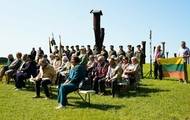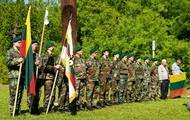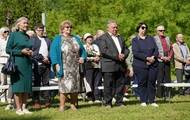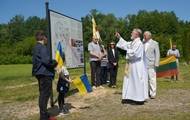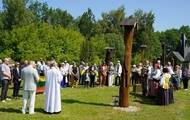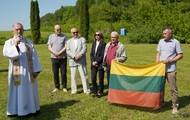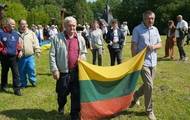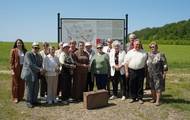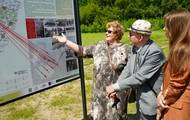Deportation is the most painful page in our nation's history, showing that an occupier, in order to conquer a foreign land, is capable of the most terrible things – imprisoning or deporting people, sending them to hard labor, suffering, and humiliation. The deportations were organized by the NKVD and local collaborators. Sedentary people, accustomed to the Lithuanian landscape and gentle nature, were torn from their homes and transported by train in cattle cars to the most remote parts of the Soviet Union: the steppes of Central Asia, the Urals, the taiga regions of Siberia. The deportees of 1941 ended up in the cold tundra of Altai, Yakutia, and near the Yenisei and Lena rivers.
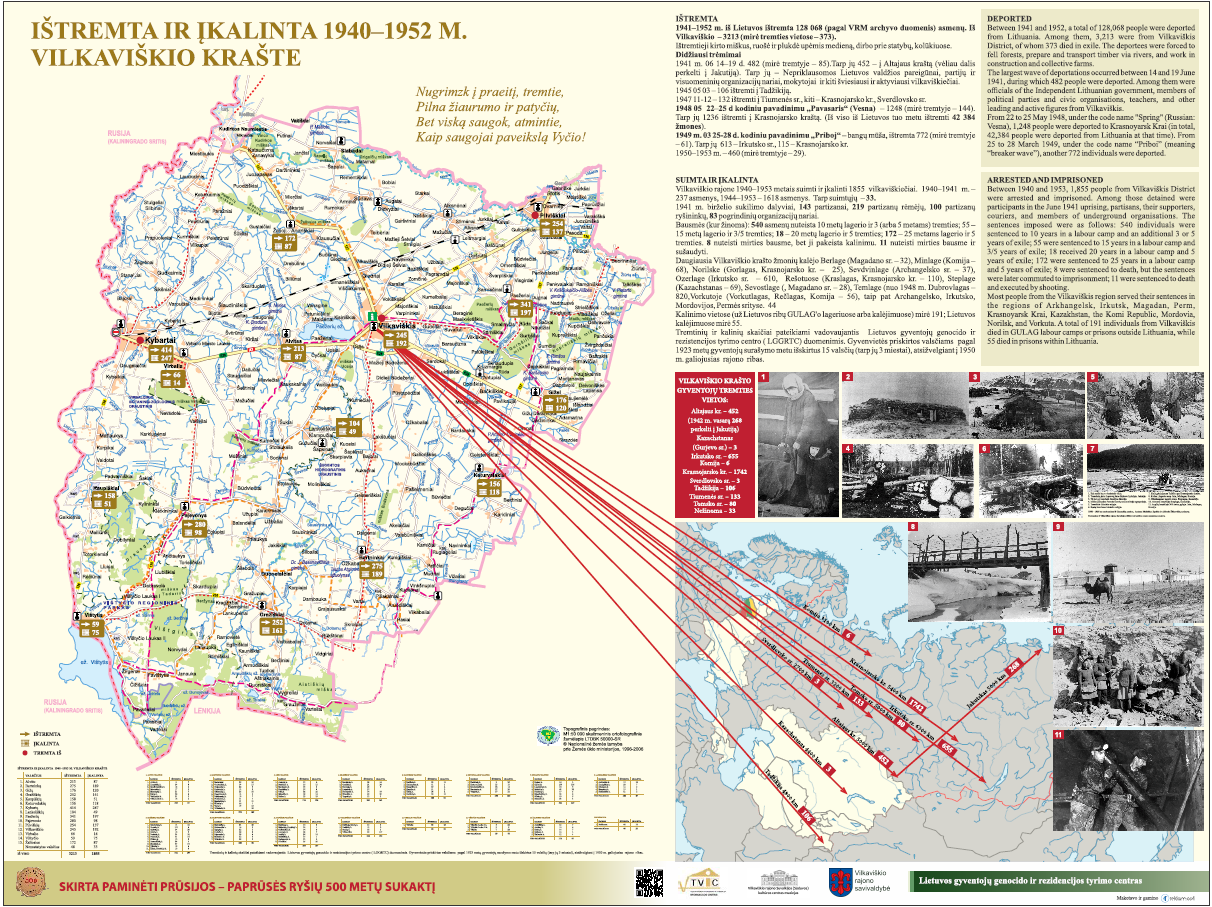
The numbers of deportees and prisoners are based on data from the Lithuanian Genocide and Resistance Research Center (LGGRTC). Settlements are assigned to municipalities according to the 15 municipalities (including 3 cities) identified in the 1923 census, taking into account the district boundaries in force in 1950.
|
VISO VALSČIUJE |
||||
|
|
|
|
Ištremta |
Įkalinta |
|
|
1. |
Alvito valsčius |
213 |
87 |
|
|
2. |
Bartninkų valsčius |
275 |
189 |
|
|
3. |
Gižų valsčius |
176 |
120 |
|
|
4. |
Gražiškių valsčius |
252 |
161 |
|
|
5. |
Kaupiškių valsčius |
158 |
51 |
|
|
6. |
Keturvalakių valsčius |
156 |
118 |
|
|
7. |
Kybartų valsčius |
414 |
247 |
|
|
8. |
Lankeliškių valsčius |
104 |
49 |
|
|
9. |
Paežerių valsčius |
341 |
197 |
|
|
10. |
Pajevonio valsčius |
280 |
98 |
|
|
11. |
Pilviškių valsčius |
254 |
137 |
|
|
12. |
Vilkaviškio valsčius |
245 |
192 |
|
|
13. |
Virbalio valsčius |
66 |
14 |
|
|
14. |
Vištyčio valsčius |
59 |
75 |
|
|
15. |
Žaliosios valsčius |
172 |
87 |
|
|
|
Nenustatyta |
48 |
33 |
|
|
|
|
3213 |
1855 |
June 14, the Day of Mourning and Hope, invites us every year to remember one of the most painful episodes in our nation's history – the mass deportations, when thousands of innocent people were forced to leave their homes and travel to distant Siberian lands. It is a day when we honor the deportees, their extraordinary suffering, and their sacrifice.
This day has not been forgotten in the village of Opšrutai. The events began with Holy Mass at the Mažučiai Chapel, offered for those who died and suffered in the vastness of Siberia. Later, the restored wayside shrine "Christ Carrying His Cross" was consecrated and an information stand was unveiled, telling the story of the deportations. Later, the restored chapel pillar "Christ Carrying His Cross" was consecrated and an information stand was unveiled, telling the story of the deportations that affected the people of the Vilkaviškis district.
The Day of Mourning and Hope reminds us not only of the difficult moments in history, but also of the strength, faith, and hope of our nation, which allowed us to survive even in the most difficult situations.
https://www.vilkaviskisinfo.lt/naujiena/-1







